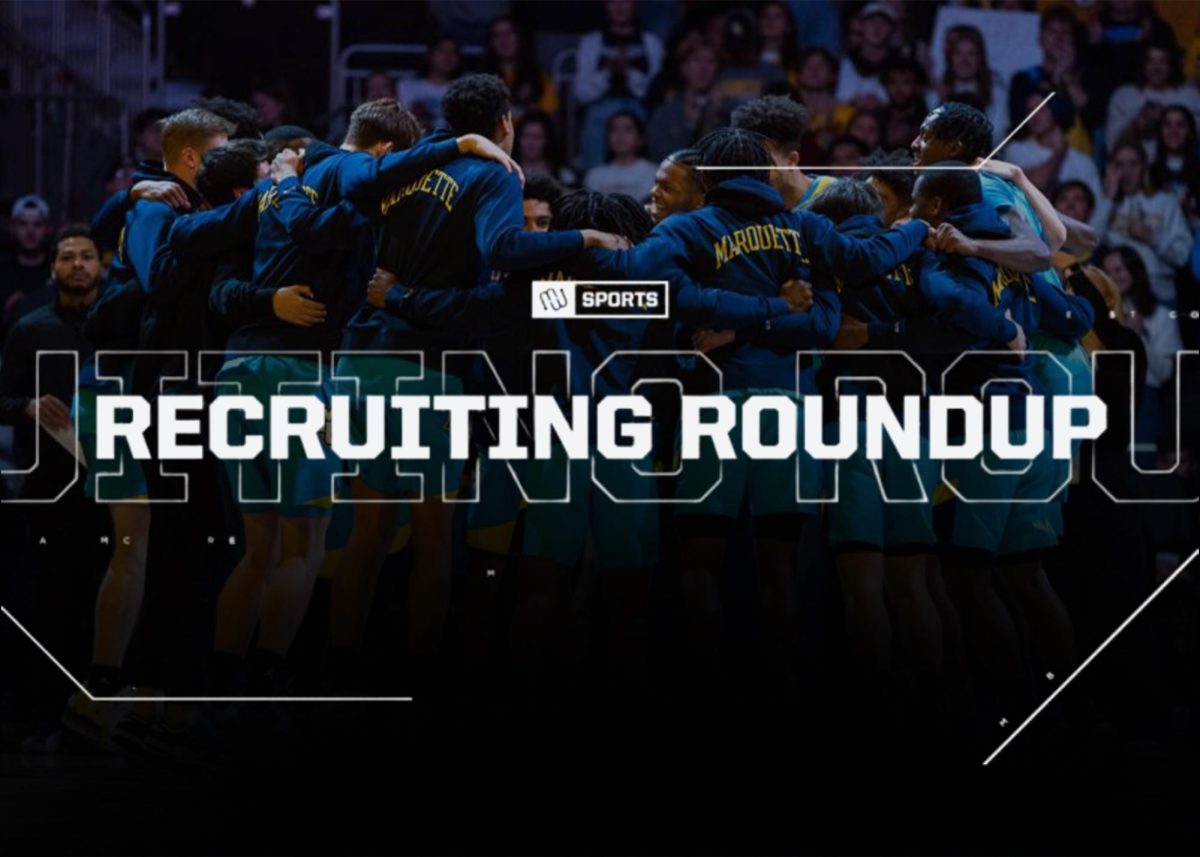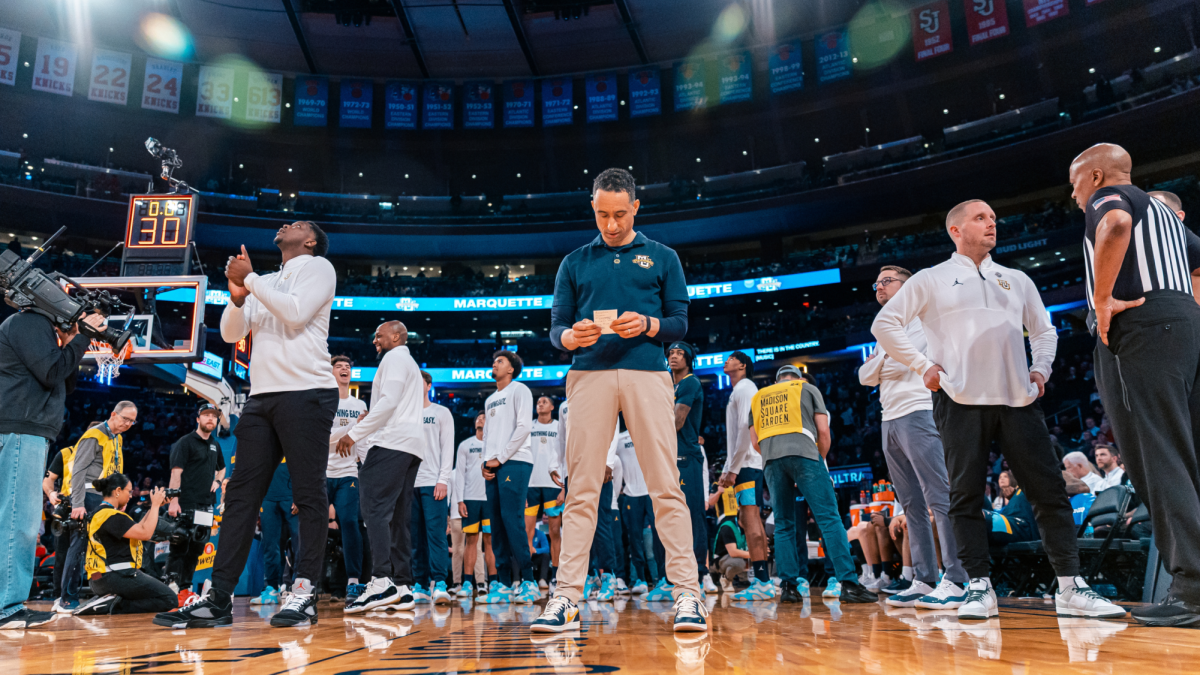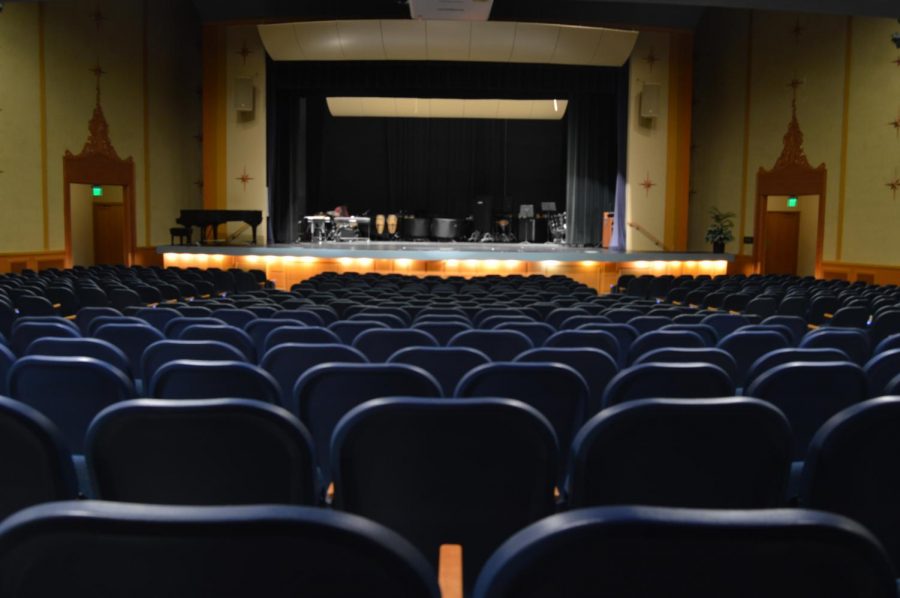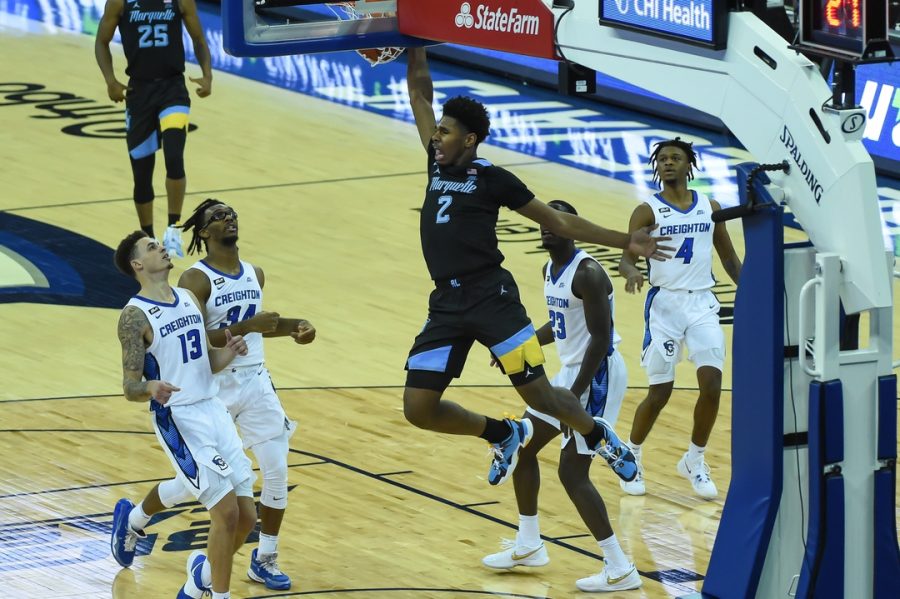Facetious news flash: Marquette is a basketball school.
Even the most sports-oblivious person on campus doesn’t need to be told that, and people don’t have to look hard to see how important men’s basketball is to the university community.
Fans will spend hours outside the Bradley Center on blustery February mornings to get good seats to a game. People still worship at the shrine of Wade. The mood on campus during the winter months is linked to how the Golden Eagles’ last game went.
Still, devotion, reverence and ambiance may not be the most reliable things to examine to see the school’s commitment to basketball.
The money spent on something almost always gives the best indication of how much value people place on things in their lives. And if we’re measuring love of basketball on that scale, then Marquette stands head and shoulders above almost every other university in the country.
Marquette spent $10.3 million on men’s basketball during the 2008-2009 school year, according to the U.S. Department of Education’s Equity in Athletics Data Analysis database. The program is one of only two in the nation that surpassed the $10 million plateau in that time frame.
The other was perennial basketball powerhouse Duke University, which spent $13.9 million.
In total, the athletic department spent $26.6 million, with men’s sports accounting for $12.5 million. The university spent $6.3 million on women’s sports and $3.1 of that on women’s basketball.
Marquette generated $13.4 million in revenue through the men’s basketball program, which ranked 14th in the nation in profits. Among private institutions, only Big East rival Syracuse University collected more money from men’s basketball during that time frame.
All told, the university made $3,139,847 million on men’s basketball, which is slightly above average for Big East schools. Only four of 16 Big East schools reported greater profits — Syracuse, the University of Louisville, the University of Pittsburgh and West Virginia University.
Tim Blair, a 1991 Marquette graduate who founded the popular Marquette men’s basketball blog Cracked Sidewalks, said the profits are a sign of health within the program, and the university’s creative approach to marketing the program has played a role in basketball’s profitability.
These figures are available because co-educational institutions are required to report participation, staffing, expenses and revenues to the Department of Education, which uses the information when it reports to Congress on gender equality in intercollegiate athletics, according to the DOE website.
Athletic funding
Marquette reports their expenses and revenues by sport as required, but instead of having a separate pot of funding for each sport, athletics draws on the same money that other athletic and non-athletic programs use throughout the university, said Steve Cottingham, Marquette’s athletic director, in an email.
This means tuition dollars may be used to fund athletics, but tuition is not used to support athletic scholarships, he said.
Money for scholarships comes from two sources within the athletics department: the Blue and Gold Scholarship Fund and the Marquette Athletic Scholarship Endowment.
The aid Marquette provided to its student-athletes during the 2008-2009 school year amounted to $3.9 million, according to the EADA database. This money helps cover the cost of tuition, books and living expenses, said Jamie Hays-Szelc, assistant director of development in the athletic department, in an email.
The $3.2 million athletic scholarship endowment has provided approximately $160,000 in scholarship aid for more than 175 student-athletes thus far in the current academic year, she said.
Additionally, the annually renewed Blue and Gold Fund raised $3.1 million this year, she said. Over the past decade, the Blue and Gold Fund has provided more than $20 million to athletic scholarships.
The numbers don’t quite add up — the sum of the contributions by the athletic scholarship endowment and the Blue and Gold Fund doesn’t equal the $3.9 million reported in the database — but Cottingham said that’s because other financial aid athletes without full-ride athletic scholarships receive is also reported to the government as financial aid provided to student-athletes.
Money from men’s basketball ticket sales and donations benefiting the team are the primary sources of funding for the program. Corporate sponsors such as AirTran, US Bank and the Wisconsin Milk Marketing Board also pay the university for exposure at sporting events, Cottingham said.
Ticket sales for sporting events besides men’s basketball and donations to other sports also bolster the athletic department’s coffers, but not at the same rate as the men’s basketball program, he said.
The men’s basketball program accounted for 98 percent of all athletic profit while constituting 54.6 percent of the department’s expenses from 2008-2009, according to the database numbers.
The university also receives a cut of shared revenue from the Big East Conference to help its teams compete financially with teams from other conferences, Cottingham said.
Cottingham declined to go into further detail on spending habits other than what was reported to the DOE.
Database figures include the $3.9 million in student aid, $740,062 for recruiting and $5.5 million in operating costs, which include facility upkeep and Marquette’s partnership with the Bradley Center.
Coaches’ salaries also make up a significant portion of the athletic budget. Head coaches of Marquette’s men’s athletic teams make a mean average of $520,793 per year.
Women’s head coaches average $140,256 annually.
According to Marquette’s 990 tax form, men’s basketball head coach Buzz Williams made $841,160 in 2008. Terri Mitchell, the women’s basketball team’s head coach, made $384,995. These large figures skew the averages considerably.
If these numbers are excluded from the calculations for averages, the men’s coaches’ average salary drops to $440,701 and the women’s coaches’ average drops to $79,071.
The average salary for assistant coaches on men’s teams is $90,499. Their counterparts on women’s teams average a salary of $55,591.
Spending effects
Blair said the university’s commitment to the program has been extraordinary. He added University President the Rev. Robert A. Wild has focused on using the men’s basketball program to enhance Marquette’s reputation nationwide.
“The team helps to engage alumni, prospective students and prospective faculty members,” Blair said.
Blair called the men’s basketball team a valuable entity to the school.
“Basketball has helped raise prestige to a level that Marquette hasn’t seen in a long time,” he said.
While the spending associated with men’s basketball is high, Cottingham said it’s worth it because of what a nationally recognized athletics program brings to the community.
“Chanting ‘We are Marquette’ at a game brings us together in a way that few other things do, regardless of age, economics or current life circumstance,” he said in an email.
But not everyone is sold on the benefits of universities investing so much money in intercollegiate sports.
In his book “Beer and Circus,” Murray Sperber, a professor emeritus of English and American studies at Indiana University, said the growing focus on college sports is overshadowing schools’ academic reputations.
Sperber also said the common view that athletics helps attract students and alumni support is often overblown, citing studies that found academic philanthropy to be independent of athletic success or failure and that the only increase in philanthropy is in the form of restricted donations to be used only in athletic departments.
Whether individuals on campus love basketball or hate it, the amount of money the school spends shows how important the game is to the university collectively. Without every dollar of Marquette’s eight-figure investment, the Golden Eagle experience likely wouldn’t be the same.











